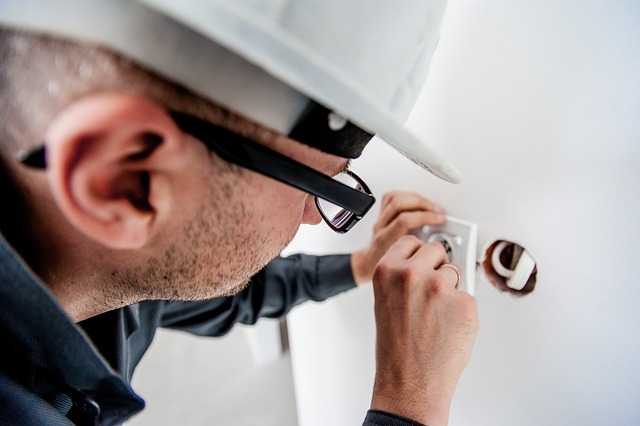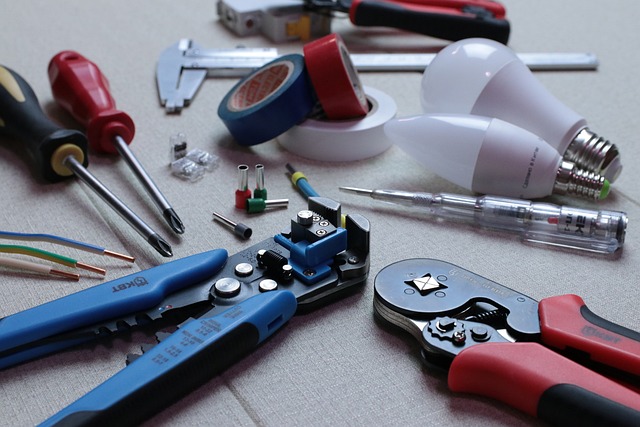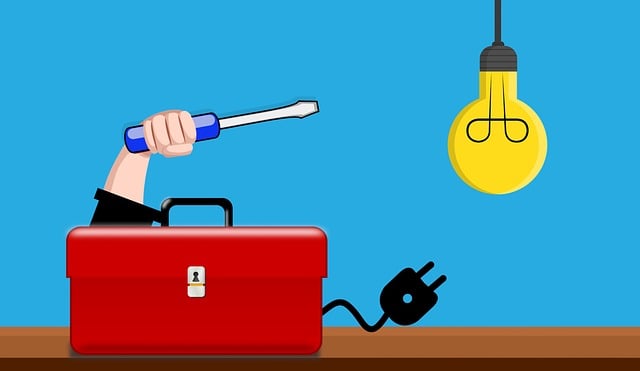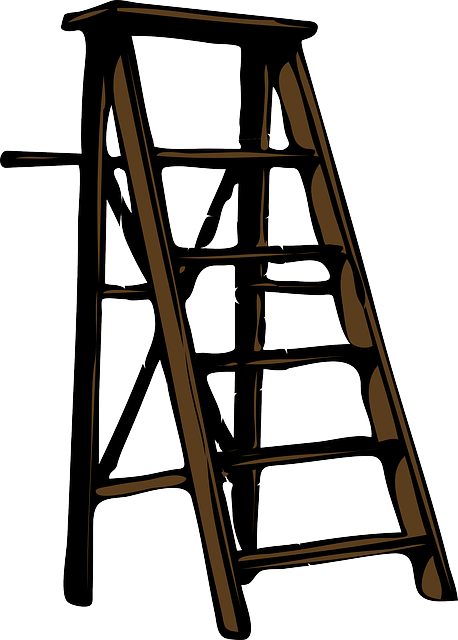Electricians are indispensable during building inspections, prioritizing electrical safety and code compliance. They identify hazardous wiring, outdated systems, and code violations, ensuring efficient and secure buildings. By collaborating with inspectors and recommending upgrades, electricians play a vital role in maintaining structural integrity, reducing risks, and enhancing energy efficiency. Following best practices and engaging professionals like licensed electricians guarantees thorough inspections that meet industry standards and local regulations.
An electrician plays a crucial role in ensuring building safety through code compliance inspections. Beyond basic wiring, they identify potential hazards related to electrical systems and overall structural integrity. This article delves into the essential aspects of electrician-led inspections, guiding professionals on key areas to scrutinize, safety risk mitigation, and best practices for thorough assessments. By understanding these elements, electricians can contribute significantly to maintaining safe living and working environments.
- Understanding the Role of an Electrician in Building Inspections
- Key Areas to Inspect for Code Compliance
- Identifying and Mitigating Safety Risks During Inspections
- Best Practices for Comprehensive Building Inspections
Understanding the Role of an Electrician in Building Inspections

During building inspections, electricians play a pivotal role in ensuring electrical safety and code compliance. They are equipped to identify potential hazards like faulty wiring, outdated electrical systems, or improper grounding—issues that could pose significant risks to occupants and property. Electricians verify that buildings adhere to local electrical codes, which vary by region but generally cover aspects such as circuit overloads, grounding mechanisms, and the use of appropriate wire types.
Beyond basic safety checks, electricians also assess the efficiency and effectiveness of electrical systems. They may recommend upgrades or modifications to meet modern standards, reduce energy consumption, and prevent future failures. Their expertise is crucial for maintaining a safe and comfortable living environment, making them integral participants in comprehensive building inspections.
Key Areas to Inspect for Code Compliance

When conducting an inspection for code compliance and safety, several key areas require meticulous attention. A qualified electrician plays a pivotal role in ensuring these checks are comprehensive. They should inspect electrical systems, including wiring, outlets, switches, and fixtures, for any signs of damage, loose connections, or outdated installations. Such issues could pose significant risks of electric shock, fires, or power outages.
Beyond electricity, the inspection encompasses structural elements like walls, floors, and roofs to verify they meet building codes. This involves checking for proper ventilation, fire safety measures such as smoke detectors and fire alarms, and accessible emergency exits. Additionally, the inspector will assess the presence of hazardous materials, like asbestos or lead, which require specialized handling and disposal according to local regulations.
Identifying and Mitigating Safety Risks During Inspections

During building inspections, identifying and mitigating safety risks is paramount. A thorough inspection involves a meticulous examination of various systems and structures to ensure they adhere to local codes and regulations. Electricians play a crucial role in this process by scrutinizing electrical installations for potential hazards. They look for outdated wiring, faulty circuits, improper grounding, and the presence of hazardous materials like asbestos or lead. By identifying these risks early on, inspectors can take immediate actions to mitigate them, ensuring the safety of occupants and future users of the building.
Moreover, a proactive approach to safety risk mitigation includes recommending necessary upgrades and repairs. This may involve installing modern electrical systems that comply with current standards, replacing outdated fixtures, or addressing structural issues that could pose risks. By collaborating closely with electricians and other specialists, inspectors can create a safer environment while maintaining the building’s integrity and value.
Best Practices for Comprehensive Building Inspections

When conducting comprehensive building inspections, it’s crucial to follow best practices that ensure thoroughness and accuracy. Start by obtaining a detailed understanding of the property’s history and any previous renovations, as these can significantly impact current code compliance. Engage all relevant stakeholders, including architects, engineers, and where applicable, a licensed electrician, to gather diverse perspectives. Utilize advanced technologies like thermal imaging cameras and moisture detectors for efficient risk assessment.
Document every observation meticulously, noting even the slightest anomalies or potential safety hazards. Adhere strictly to industry standards and local building codes during the inspection process. Regular communication among the inspection team is vital to ensure all concerns are addressed and a holistic view of the building’s condition is maintained.
An electrician plays a vital role in ensuring building safety and code compliance. By thoroughly inspecting key areas, they can identify potential risks and ensure structures meet necessary standards. Through best practices, including staying up-to-date with regulations and utilizing modern inspection tools, electricians can deliver comprehensive assessments, ultimately fostering secure living and working environments.
